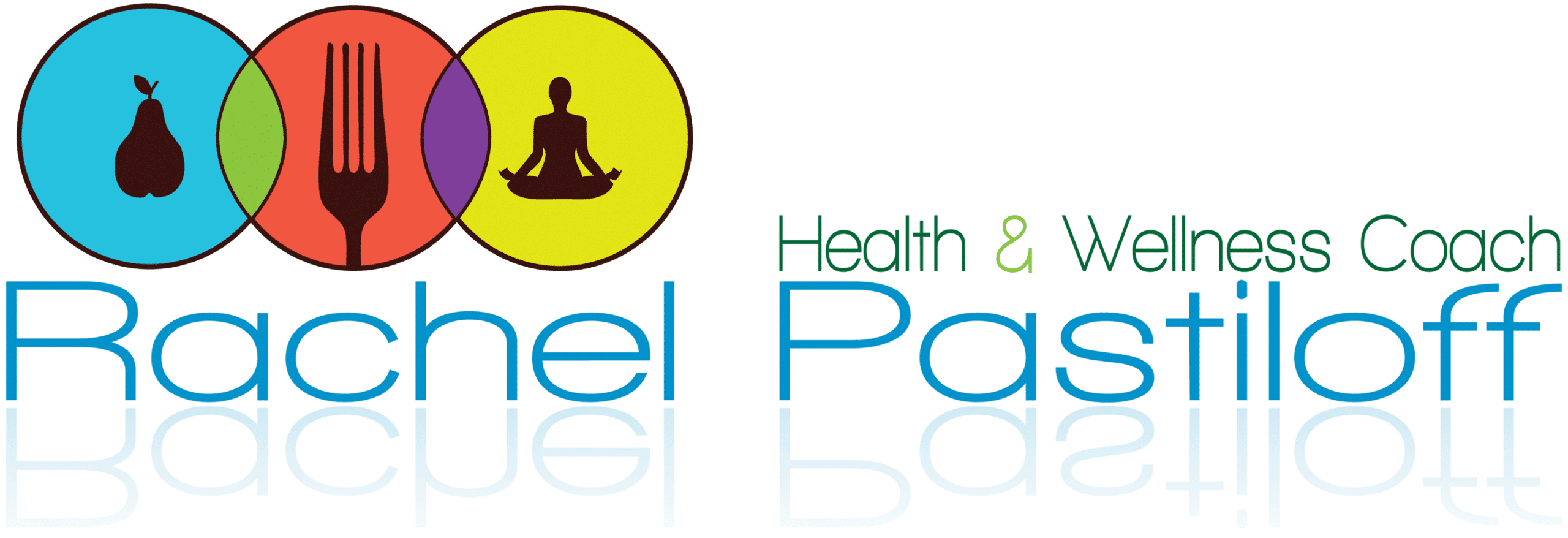
Confession time: For many years I used to be what I call an “enterpainer.” I loved to entertain friends with my pain, sharing amusing stories full of woes and miffed-ness.
One day I discovered a psychological concept which really woke me up—and motivated me to change my“enterpaining ways.” I’m excited to share this concept with you, because I believe it might motivate you as well.
The concept? “Masochistic equilibrium.”
When I first heard these words, I immediately wondered what they meant. I found out they represent a truly important psychological theory—one which clearly explains how and why sometimes a person’s comfort zone might actually be to stay in discomfort.
It’s like this: As a child you learned habits on love and happiness from your parents. If you learned that love comes with yelling and insults, then being in a relationship with too much peace and too many compliments might actually inspire anxiety. Snagging an abundance of joy might also trigger you to self-sabotage your happiness in order to maintain that “masochistic equilibrium” which you learned in your childhood. Or you might simply choose scenarios from the get-go which bring you lower levels of love and bliss.
Basically, you grew up in your childhood learning to feel comfy with only a certain level of happiness. Maybe you grew up used to eighty percent happiness. Or only seventy-five percent. Or seventeen percent. When this concentration shifts—even if it’s upwards—you will then start to feel twitchy, because this new zone feels so unfamiliar. As a result you might instinctively want to do something self-sabotaging, so you can shift your happiness concentration back down, down, down, down, down to your familiar zone—your “masochistic equilibrium.” Or, as mentioned above, you might simply choose situations right from the start which bring you a familiar level of pain, so as to match the“masochistic equilibrium” you grew up with.
How do you break free from the shackles of “masochistic equilibrium”?
You must one hundred percent accept that you do a lot of the goofier things you do because of negative childhood brainwashing—what I call “brain dirtying”—because your lens to the world gets dirtied with negative beliefs that you must wipe clean. Then, and only then, can you clearly see new paths to getting the life you desire and deserve.
One of the best ways to wipe your braindirtied lens clean is to seek alternate positive lessons in past pain. I call this possessing “pain-a-ramic” vision: You see the problems of your past with a full 180-degree positive perspective.
How?
A) Relax your mind. Breathe deeply. Enter a meditative state.
B) Dare to think about your most painful incidents.
C) Force yourself to answer the following: What is a positive and/or lucky way to learn from the past and thereby attain some gain in my pain? List five positive lessons—so you can start to forgive your past—and move forward in a more positive direction.
After you get done blaming your past for present pain, you must also accept some responsibility. After all, you’ve been an adult (or adult-ish) (and maybe even just plain ol’ doltish) for a while now. Although your troublemaking subconscious has gotten you into some painful relationships and challenging situations, the time has come for you to show your cerebrum who’s boss and stop allowing those painful misadventures.
How?
A) Next time you’re tempted to settle for a pattern of pain, repeat the following mantra: “I am not my past behavior. I am not my past failures. I am not how others have at one time treated me. I am only who I think I am right now in this moment. I am only what I do right now in this moment.”
B) Find examples of consistently happy, loving couples, and truly happy people. Spend as much time as possible with them so you can start to shift your belief system to what “normal love” and “normal happiness” are. Over time, you will begin to view highly positive situations as examples for your new normal. The more you witness positive examples of love and joy, the more opportunity you will have to change your belief system about life—and thereby start to change your “masochistic equilibrium.”
C) Talk with any family members you feel that you can be open with about this concept. You’ll find that the more you can be honest about repressed feelings and share them, the less troublemaking your subconscious will need to be.
D) Recognize that you have triggers that remind you of past pain and might thereby create a downward spiral of negative thinking and behavior. Clear your life of these depressing triggers. For example, you might want to remove items from your home that your ex-spouse has given you. Instead, get “trigger happy” and focus on positive triggers that remind you of all your happy relationships. For example, you might want to put up photos in your home that represent happy times, happy people, or happy philosophies you want to live by.
E) Finally, there’s an added sneaky reason why painful patterns form: a theory à la Carl Jung. He believed that our lives need meaning and purpose. If we don’t have meaning and purpose, we acquire a bad habit in order to create drama and excitement—so we feel like there’s something interesting and entertaining happening in our life—even if it’s a bad exciting thing. Jung’s name for these patterns of “enterpaining” situations was “low-level spiritual quests.”
The good news: You can more readily dump negative patterns of “low-level spiritual quests” by developing “high-level spiritual quests”—a driving positive force that drives you forward. For example, it’s easier to dump negative patterns in love (which give you drama and “enterpaining stories” to tell) , if you develop a exciting hobby or passion-project to serve as your “high-level spiritual quest” (which then gives you excitement and happy entertaining stories to tell).
Personally, I discovered lots of reading and writing of books, which then filled my life with far more entertaining things to talk about, and lessened my need for“enterpainment.” However, “high-level spiritual quests” can show up in a variety of forms. You might consider taking up cycling, skydiving, painting, scuba diving, or international cooking. You might start training for a marathon. Or plan a trip to some place exotic.
Who knows? Maybe in the process you’ll meet an incredibly wonderful person (or people), and you’ll have some of your most entertaining stories ever told to share!
Karen Salmansohn is a best selling author and award winning designer – with over 1 million books sold – who is passionate about empowering people to live their happiest, highest potential lives. She’s known for creating a new breed of self help – for people who would never be caught dead doing self help – because she merges a range of psychological and philosophical research with humor and stylish graphics. She’s been on The Today Show, The View, CNN, Fox News – and is also a columnist for Oprah, Psychology Today, CNN, MSN, Yahoo, AOL, Match, Huffingtonpost – and then some. Her best selling e-book PRINCE HARMING SYNDROME was a selected book recommend on Oprah’s site – and applies equally to PRINCESS HARMINGS. For a limited time PRINCE HARMING SYNDROME is discounted 50% OFF – to only $9.99 – available on Karen’s site only at www.notsalmon.com/prince-harming Click the link and you’ll also find a FAQ of commonly asked questions about PRINCE HARMING SYNDROME – with some uncommon answers! www.notsalmon.com/prince-harming






For me …. absolutely one of your best sharings Jennifer! So right on.
Thank you ….. it made me smile and yes, laugh!.
much love,
nancy
Jennifer,
Thank you for posting this. I have appreciated your insights since I discovered your blogs on positively positive. I hope one day that I will be able to experience this type of happiness and that the fog of depression and fear will one day evaporate for good.
I now realize the connection of not so good behavior that I have allowed in my life are connected to child hood. It’s very hard to step out of the box of your family and your universe to choose happiness but it feels wonderful once you do. Funny thing about life is that when your born you have all the answers and them you start living and are reprogrammed. You spend your adulthood trying to get back to where u were as a child. Life is truly a cycle.
This is excellent. Thank you. For years I went around creating trouble and drama in and effort to RE-CREATe my masochistic equilibrium. I finally figured out I was addicted to it. I met a man (a pyschologist-HA!) who I wanted to be with but knew the only way that could happen is if I gave up my need drama and pain. Slowly, I was able to manage to break the bad habits…but it took the love — or desire for it– of a good man to do so.
I would only add that if a person has experience childhood trauma or has severe anxiety based on childhood separations that they turn to therapy for help unclogging the pain drain. EMDR works wonders. Often in 1-3 sessions.
Thanks again.
[…] Why People Self Sabotage Their Happiness. (themanifeststation.net) […]
[…] Why People Self Sabotage Their Happiness. (themanifeststation.net) […]